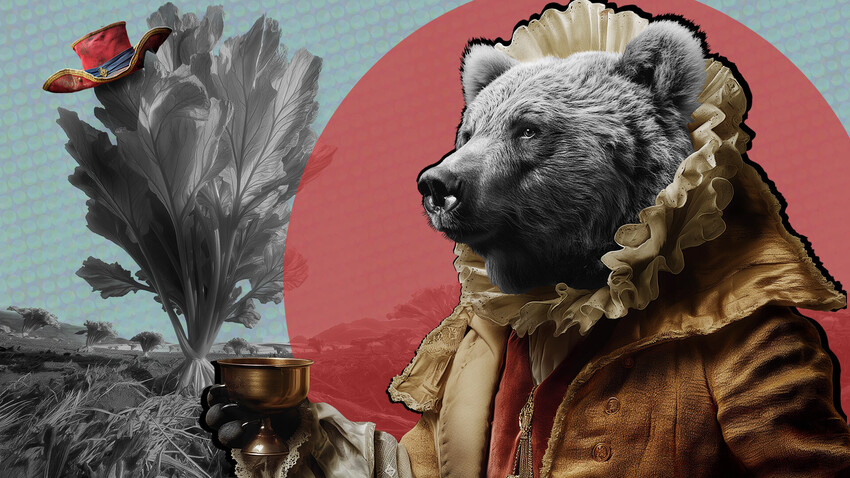
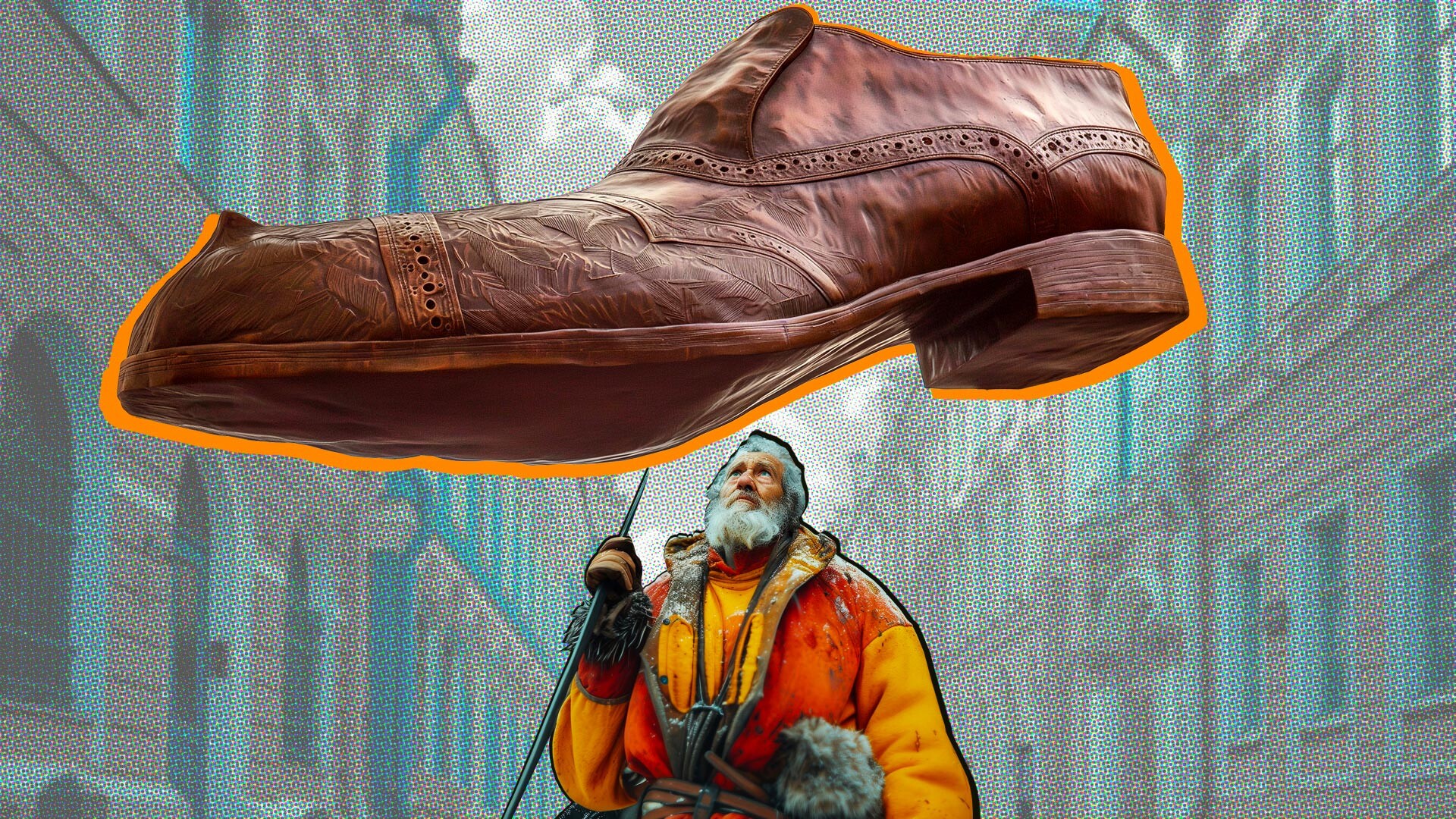
Peter the Great, as you may know, was a great entrepreneur. And he even took care of such prosaic things as the wooden sidewalks of St. Petersburg. To prevent them from wearing out quickly, in 1715, he issued a decree prohibiting walking in shoes lined with iron staples or nails. Violators faced harsh punishment: desperate fashionistas - heavy fines, while sellers - hard labor and confiscation of property. The reaction was lightning-fast: the streets were suddenly empty.
Year later, a new decree followed, which obliged all home owners in St. Petersburg to pave a ‘sazhen’ (213 cm) of the street in front of them with stone.
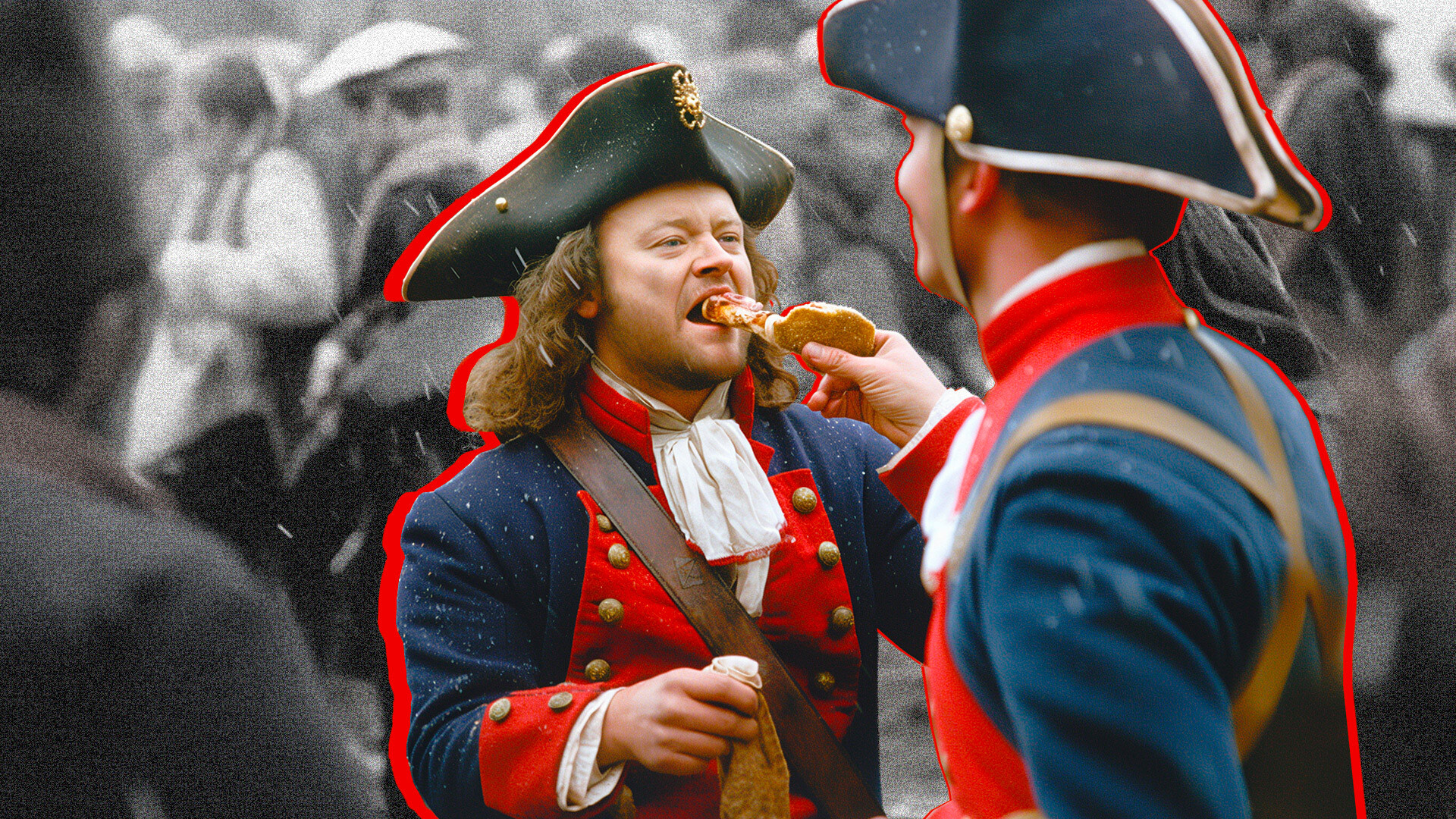
Peter I also ordered buttons to be sewn on the cuffs of uniforms. The reason is simple: he wanted to teach the military good manners and discourage them from wiping their mouths with their sleeve after eating, so as to not have to sew a new uniform so often.
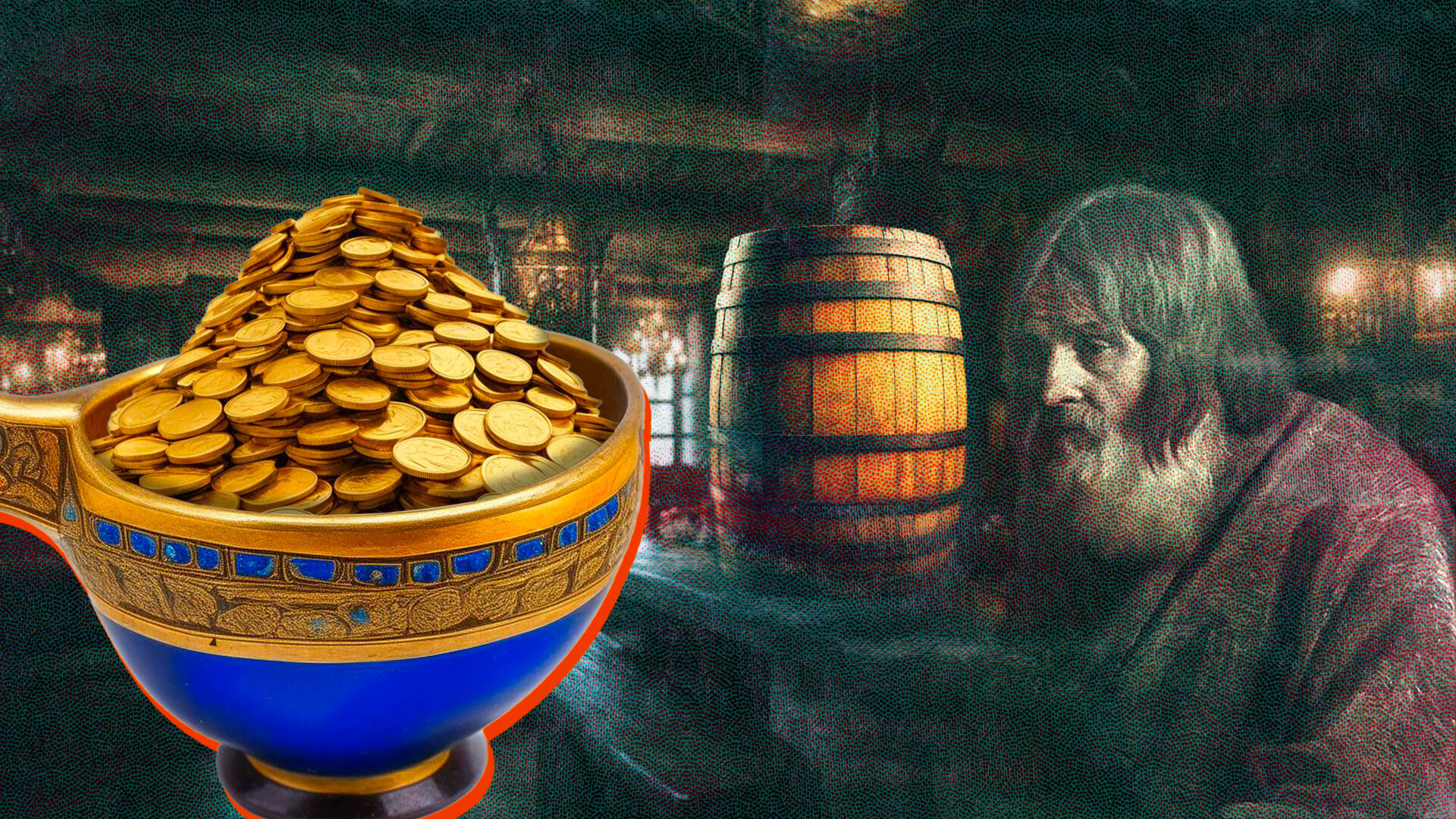
In 1647, Tsar Alexei Mikhailovich declared war on alcoholism - first he banned alcohol in the Solovetsky Monastery and, a couple of years later, in all other monasteries. Four years after that, he carried out a pub reform: the tsar ordered the reduction of the number of drinking outlets. At the same time, prices for alcohol increased threefold: it was impossible to sell it on credit and no more than one glass per person was sold - about 150 milliliters. In addition, it was prohibited to trade during fasting and on Sundays: in total, there were 180 of such "sober" days on the calendar! By the way, those who produced “underground” vodka faced serious punishment: from fines for those who were caught for the first time, to whipping and prison for such malicious manufacturers of counterfeit goods.
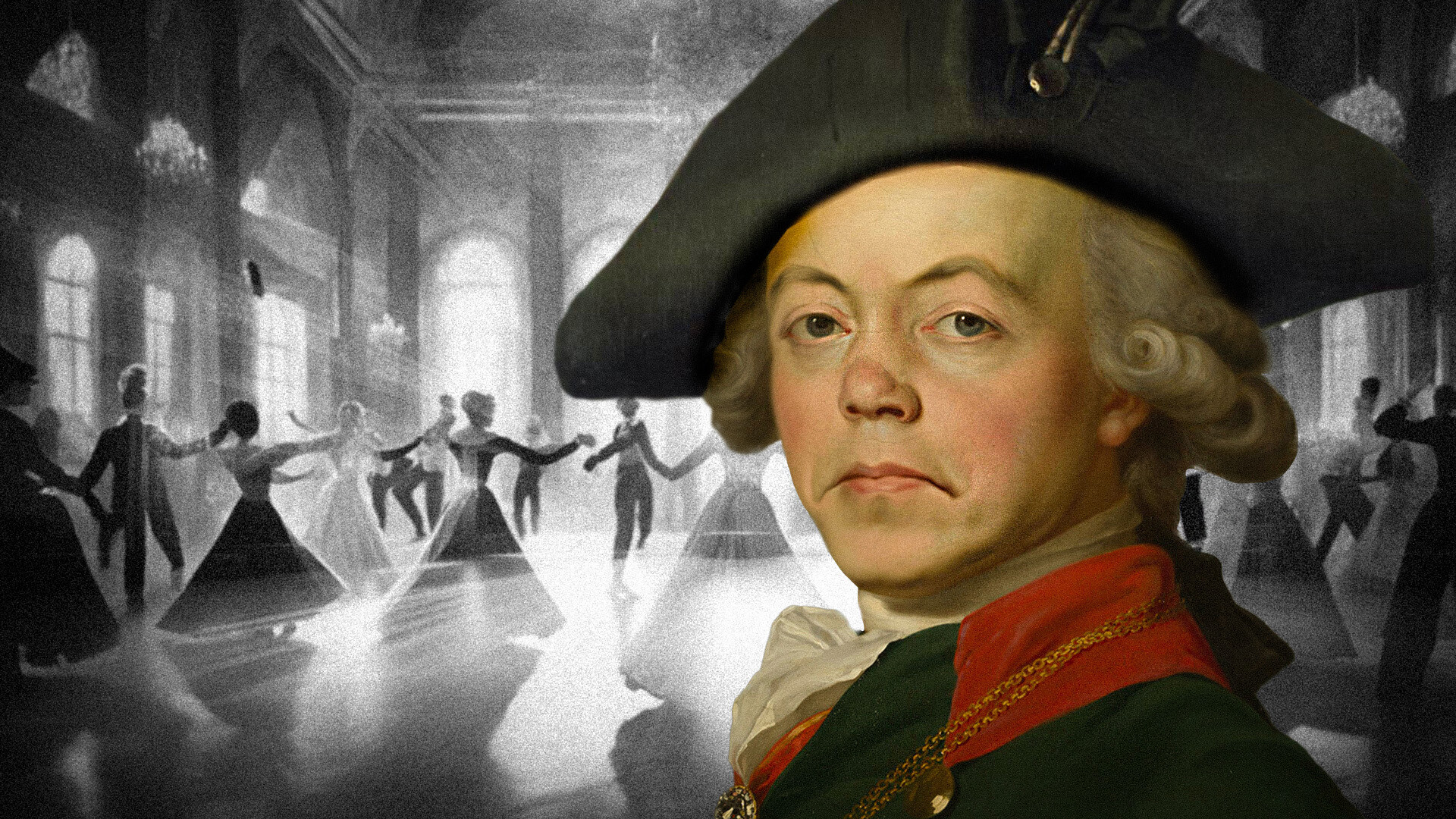
Another master of strange laws was Paul I. He decided to fight everything that could be reminiscent of the French Revolution and cause freethinking. The result was a decent list: women could not decorate their dresses with colored ribbons over the shoulder, men could only wear cocked and round hats, while wide-brimmed French hats were outlawed. And, along with them - shoes with ribbons instead of buckles, sideburns and even the waltz. Rumors connected these wild prohibitions with the problems of the emperor himself: his beard did not grow very well and he was not a very agile dancer.
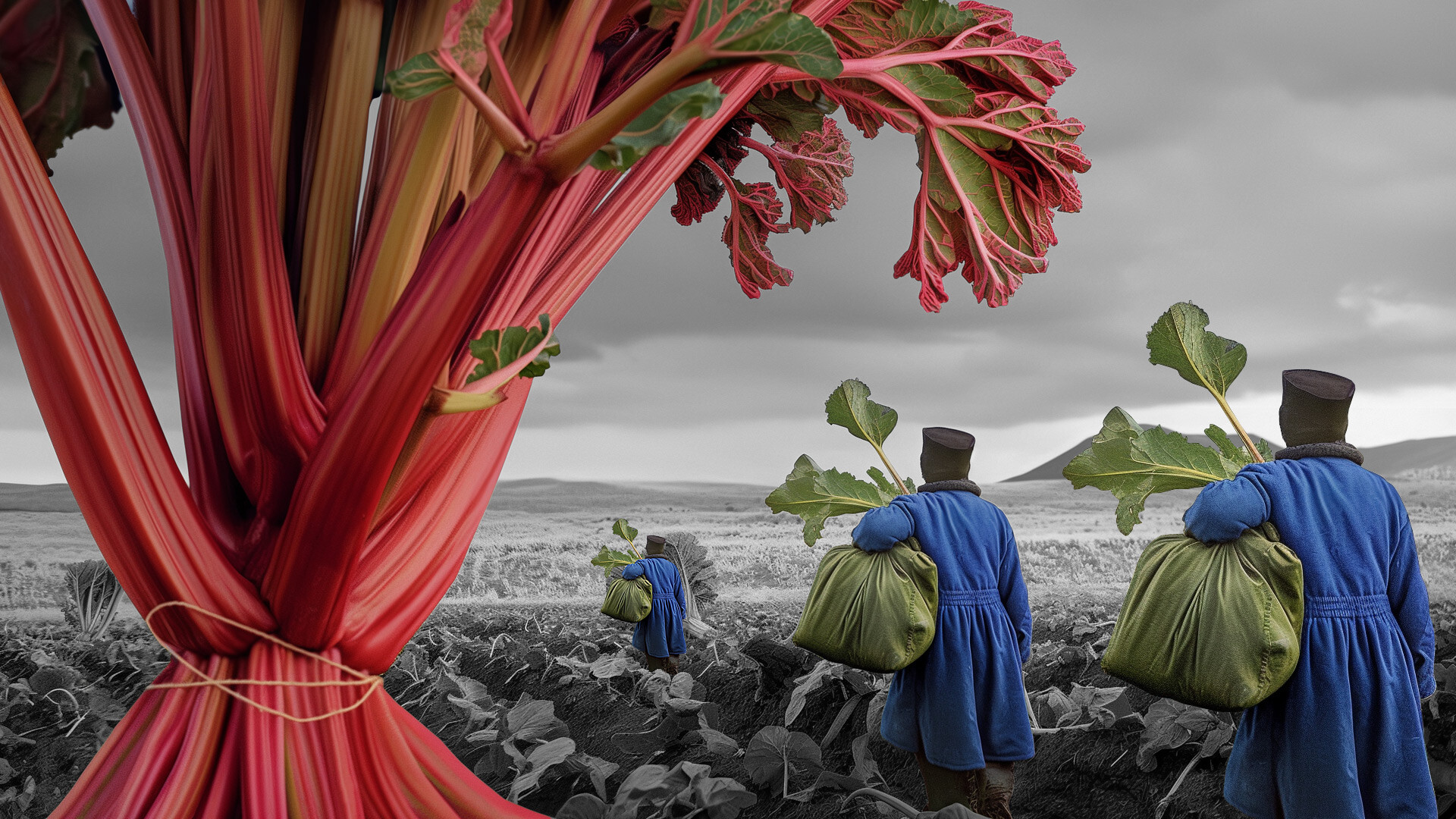
In the 17th century, rhubarb was brought to Moscow from China: it was used as a medicine for stomach disorders and as a dye that gave a golden hue. This herb was highly valued: a ‘pood’ (about 16 kg) cost 40 rubles! The same price as, for example, a ‘pood’ of good silk. It was forbidden to trade rhubarb: the main and only buyer and seller was the tsar's treasury. At the end of the 17th century, it could not be exported from Siberia, under Empresses Anna Ioanovna and Elizabeth Petrovna, rhubarb became a "commodity for state profit". "Siberian gold" could not be bought by private individuals and the treasury kept very high prices on it. Violators faced serious punishment, including "the most severe torture".
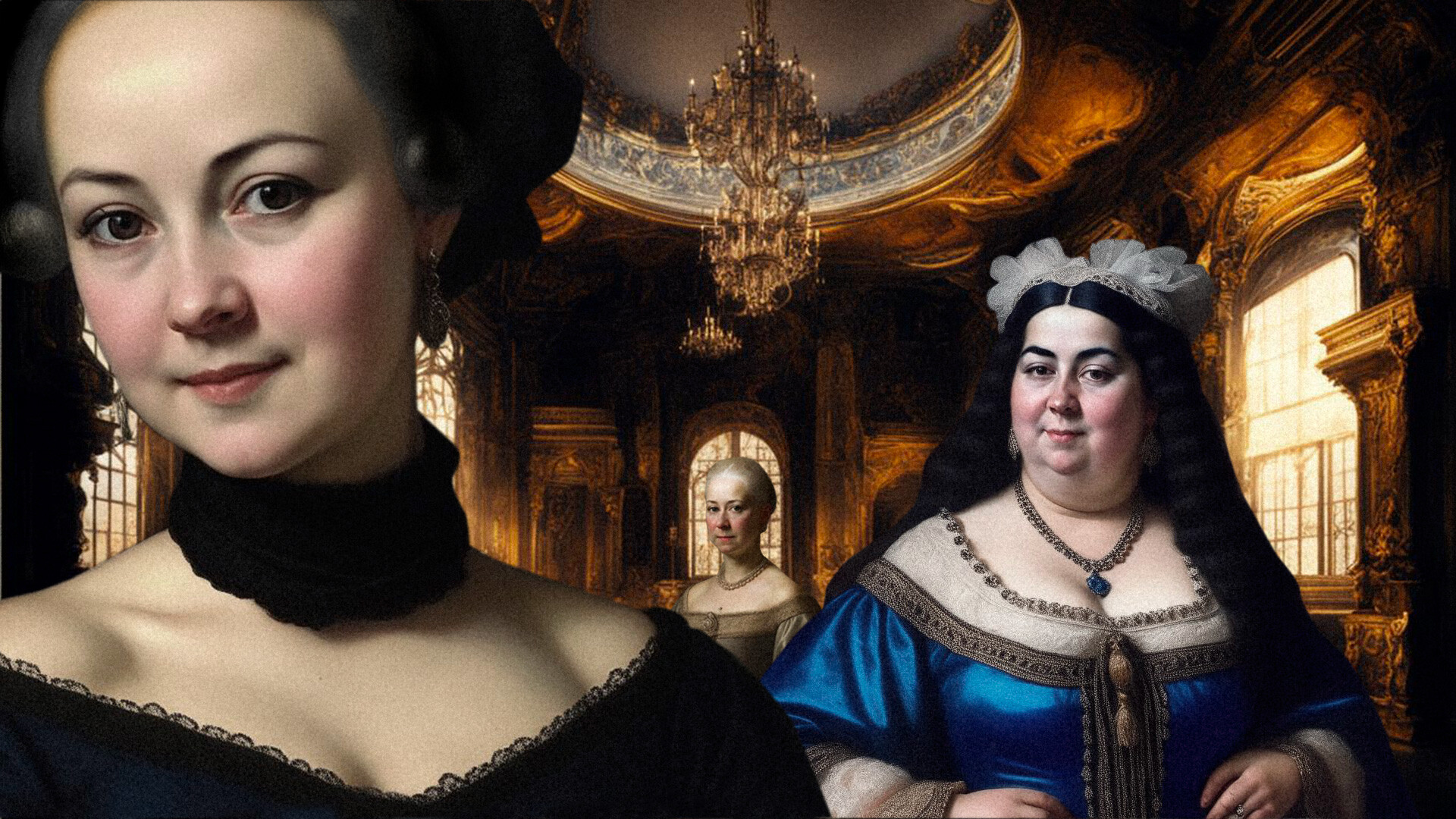
Some decrees were born not out of economic or political considerations, but solely from a sense of beauty. For example, the Empress Elizabeth Petrovna, a great fashionista, once used a poor-quality powder that tightly glued her hair together. Coloring in black also did not help to hide the traces of an unsuccessful experiment. The empress almost completely cut her hair and began wearing a wig.
And, at the same time, she ordered all the ladies of the court to do the same: they had to deprive themselves of their hair and wear black wigs, like her.
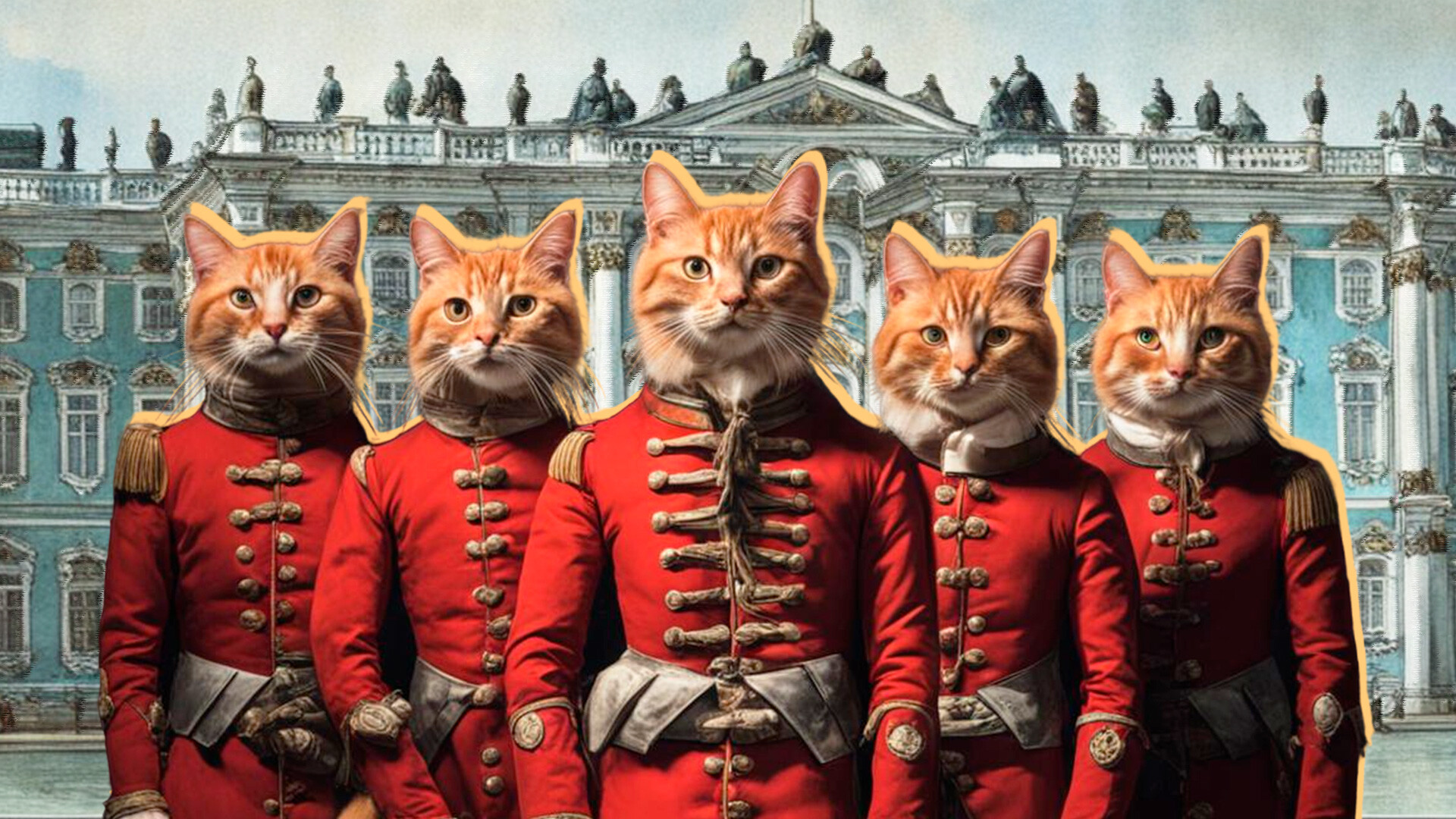
In October 1745, Empress Elizabeth Petrovna issued perhaps the sweetest decree - ‘On the expulsion of cats’. It said: "Having found the best and largest cats in Kazan from the local breeds, suitable for catching mice, send them to St. Petersburg to the court of Her Imperial Majesty." Since then, the rat-catching cats have settled in the Winter Palace.
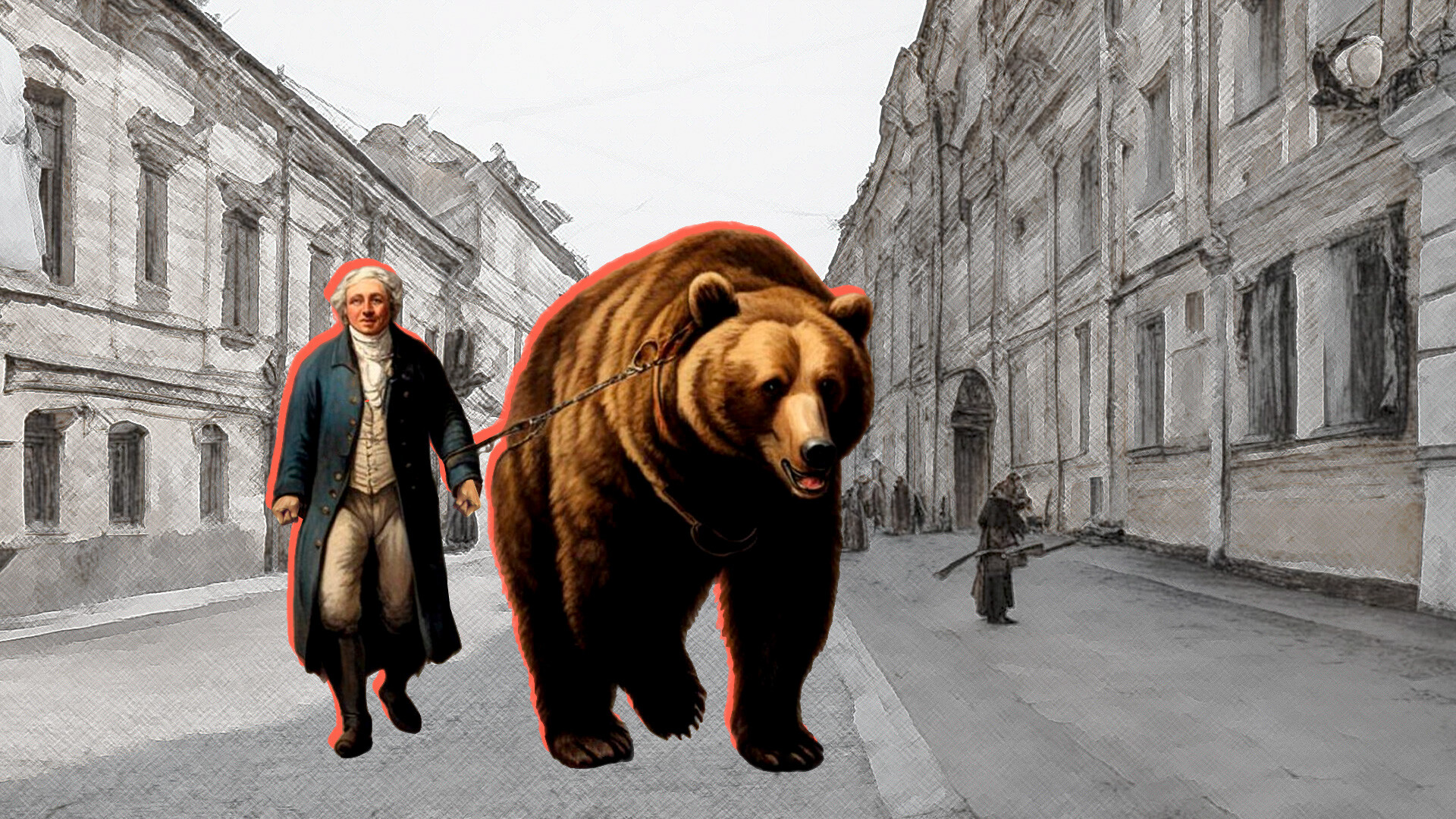
Bear trade existed in Russia for a long time: bears were taught various tricks and performed with them at fairs, to the admiration of the public. Bears performed up to several dozens of different commands and staged entire performances, portraying a girl at a mirror, a soldier with a gun, a peasant who had gone on a bender and many others. In 1865, the Society for the Protection of Animals appeared in Russia, which began to save the bears. Two years later, Alexander II signed a decree banning bear hunting.
Dear readers,
Our website and social media accounts are under threat of being restricted or banned, due to the current circumstances. So, to keep up with our latest content, simply do the following:
If using any of Russia Beyond's content, partly or in full, always provide an active hyperlink to the original material.
Subscribe
to our newsletter!
Get the week's best stories straight to your inbox